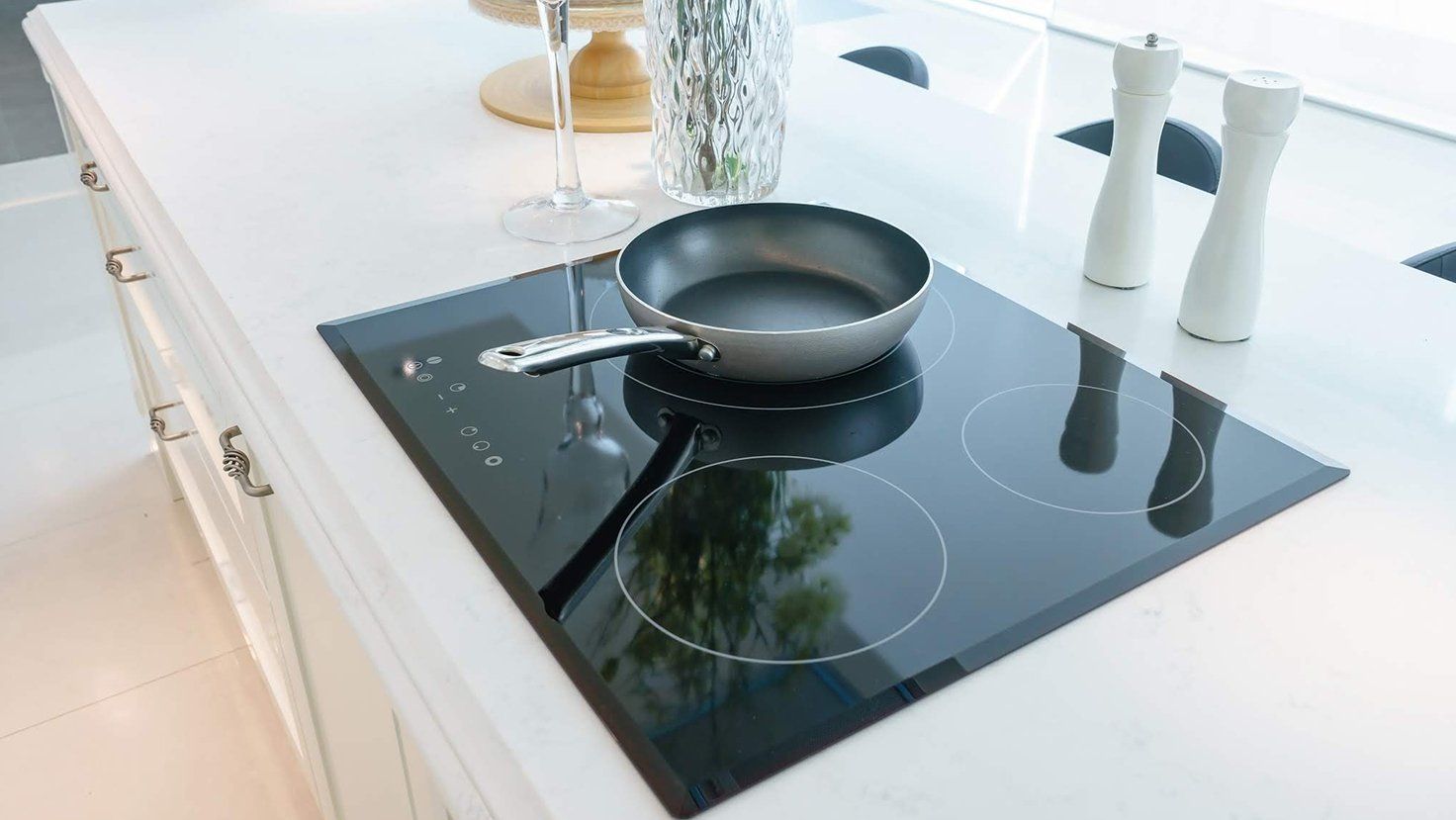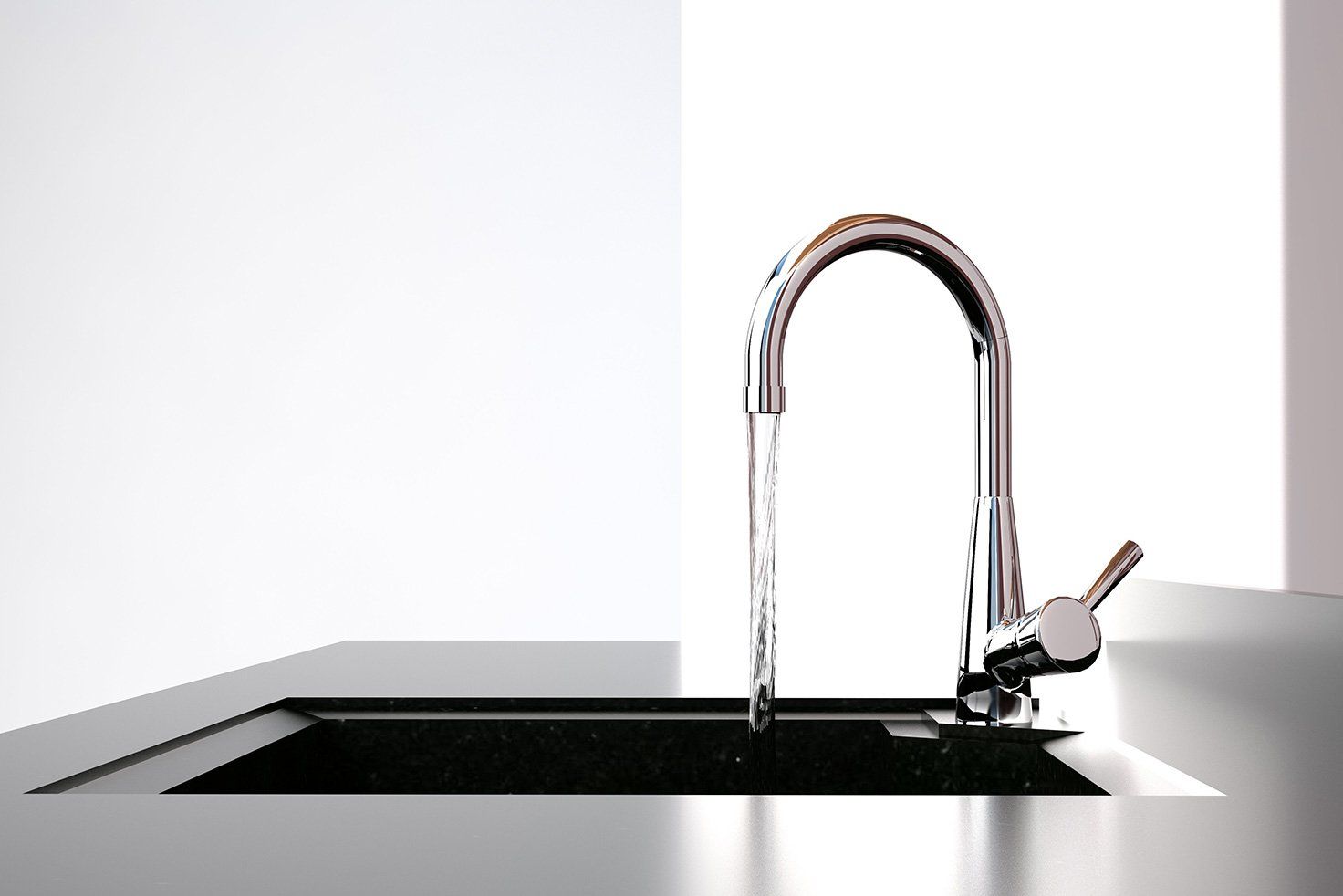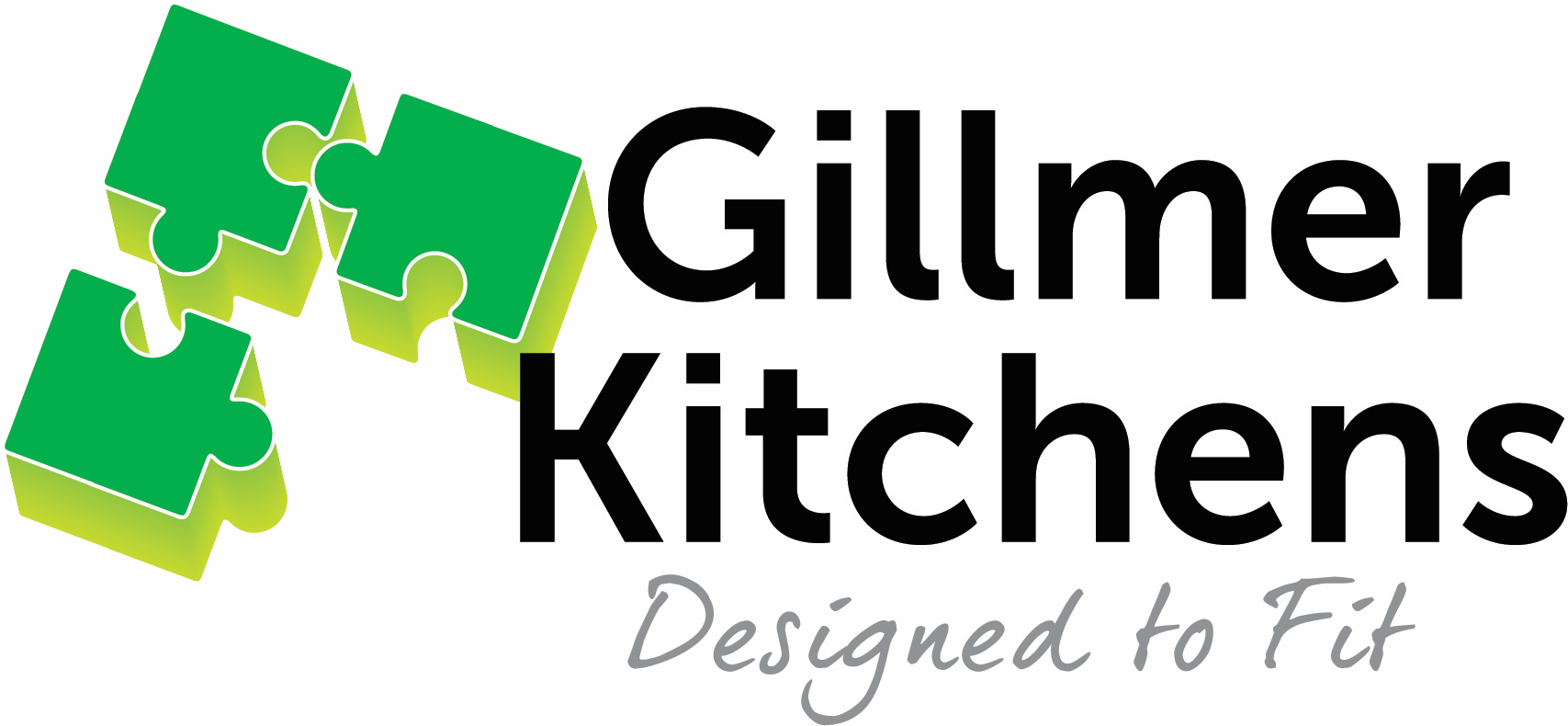Let’s Talk Induction Cooktops

Let’s Talk Induction Cooktops
Induction cooktops are currently very popular, but what is an induction cooktop? What are the pros and cons?
What is an induction cooktop?
An induction cooktop heats the cooking vessel (i.e., saucepan, frying pan, etc.) by magnetic induction rather than a thermal conduction (gas) or electrical heating element.
Pros
- You can adjust the cooking heat instantly.
- Energy is supplied directly to the pot/pan by the magnetic field, hence why you can cook an egg in the pan, yet the egg is unaffected on the ‘element.’
- Cleanliness: no more baked food on the cooktop.
- Safer? This is debatable. If a child reaches up and touches the element, they will not burn themselves; however, if you are cooking on the element, your pots, pans and food inside will still be very hot. How often does a child reach up on the benchtop when there is no pot or pan?
Cons
- Only works with pots and pans made of magnetic materials like cast iron and some stainless steels. You may need to update all your cookware.
- Draws more power than an electric or gas cooktop, in most cases you will need to upgrade your circuit board (especially in older houses).
- Ventilation – this isn’t really an issue for the owner of the induction cooktop but can cause all sorts of troubles if it is not installed properly. (Please make sure your kitchen supplier knows how to order the cabinetry correctly to allow for the correct ventilation. (Sometimes heat shields are required).
- Larger than normal gaps to allow the correct ventilation. Some appliance suppliers require larger than normal gaps under the cooktop for adequate air flow.





















